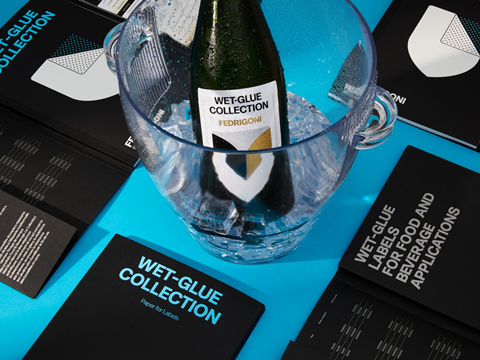
Intended for use in the gourmet food, beverage, and wine and spirits industries, Fedrigoni’s new Wet-Glue Collection includes wet-strength papers made from virgin, alternative, and recycled fibres – complete with high barrier properties, printability, and visual impact.
Made with ‘high-performance’ technology, the Wet-Glue Collection is split into the Classic, Natural, Iconic, and Performance+ families. Each is said to provide the technologies, compositions, finishes, and colours necessary to give premium products a ‘refined and original touch’.
The Performance+ papers are ideally used to convert labels with resistance to cold, alkaline substances, moisture, and grease. As such, they are recommended for labelling wine, sparkling wine, champagne, spirits, beers, and olive oil.
Fedrigoni points to Ice-proof WS as ‘the best solution’ for products stored in an ice bucket, while Wove Wash-off WS is uplifted for use on returnable bottles.
Meanwhile, the Natural range constitutes papers made from alternative or recycled fibres. Offering a ‘raw’ and ‘authentic’ look, they are compatible with hot stamping and embossing, and geared towards environmentally conscious brands.
For example, Bagassa 60 WS is made of sugarcane residues; and Cotone 100 WS claims to be made with 100% linters of cotton.
The Classic series is made up of ‘elegant’ woven, rough-laid, laid embossed, and felt-marked textures, with ‘timeless’ colours and textures intended to highlight details. Described as a ‘combination of tradition and quality’, they are expected to add an air of authenticity to wines, craft beers, and gourmet products.
Additionally, the Iconic range includes the ‘brilliance’ of Splendorlux, the iridescent Perla WS, and the deep black Wove WS Iconic Black. They upfront ‘distinctive’ embossing and style to enhance the visual identity of ‘the most prestigious’ products.
Available in grammages from 70 to 100 gsm, the labels provide ‘excellent’ printability – Fedrigoni emphasizes their suitability for offset printing and various embellishment techniques – and come in coated, cast-coated, and uncoated varieties. They come with a range of barrier properties against humidity, grease, and temperature.
Tailor-made solutions are also available on request.
“Thanks to our know-how in the production of paper for labels, we have gathered the best cutting-edge solutions for wet-glue label applications,” says Celine Bertuzzi, marketing director at Fedrigoni Special Papers. “Our aim is to offer to all those printers and converters who currently use wet-glue technology our finest and most famous products, giving them the opportunity to enhance each product with an elegant, highly resistant, and high-performance paper for labels.”
Other developments in the labelling space include the reveal of a linen-embossed version of Sappi Europe’s Parade Label WS product, set to expand its wet-glue wet-strength label paper range. Linen embossing is expected to boost its visual appeal and functionality for premium brands, all while remaining suitable for rewashes in returnable beverage bottle applications.
In a recent edition of our ‘In Conversation With…’ series, H.B. Fuller’s Sabine Pietka discussed how the company’s water-based adhesive technology seeks to overcome the shortcomings of traditional labelling solutions when applied to reusable glass bottles.
Avery Dennison has also launched its first INGEDE12-certified paper label range, which uses a new adhesive technology to ‘cleanly screen out’ from pulp during the screening process and improve recyclate quality during the recycling process. The range has also passed the European Paper Recycling Council’s recyclability requirements.
If you liked this story, you might also enjoy:
The ultimate guide to the Packaging and Packaging Waste Regulation in 2024
How are the top brands progressing on packaging sustainability?
Sustainable Innovation Report 2024: Current trends and future priorities
Everything you need to know about global plastic sustainability regulation

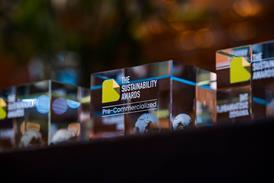
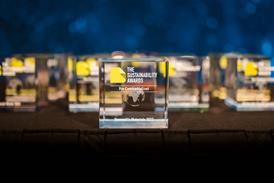
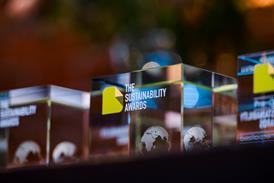
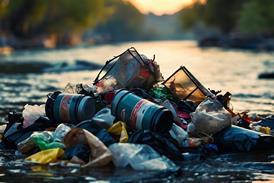













No comments yet